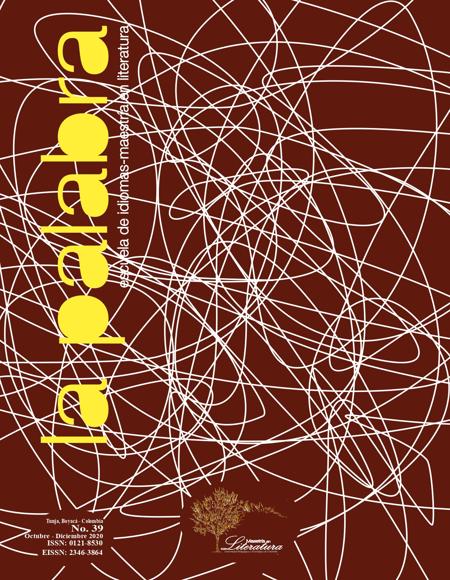Ciencia ficción y religión: un paralelo entre La Máquina del Tiempo y Perelandra

Resumen
La Trilogía Espacial de C.S. Lewis, a pesar de no ser una de sus obras de ficción más famosas, tiene una característica única entre el conjunto de sus escritos: es la única incursión atrevida que hace el autor en el mundo del género de la ciencia ficción. La Máquina del Tiempo es una de las novelas de ciencia ficción más famosas escritas por H. G. Well. Este artículo tiene como objetivo principal plantear la discusión sobre los elementos de ciencia ficción y religión presentes en Perelandra (1943), novela central de la Trilogía Espacial de C.S. Lewis y La máquina del tiempo de H.G. Wells (1895). Para ello, se traza un paralelo entre estas novelas con el fin de demostrar la profunda discusión sobre temas religiosos y científicos explorados por Lewis y Wells, así como mostrar sus visiones humanistas y religiosas del proceso de desarrollo científico.
Palabras clave
La máquina del tiempo, ciencia ficción, Pelelandra, religión
Biografía del autor/a
Naiara Sales Araújo
Doutora em Literatura Comparada; Professora da Universidade Federal do MAranhão
Citas
Delany, S. R. (1969). About Five Thousand One Hundred and Seventy-Five Words. Extrapolation, 10(2). Wooster, The College of Wooster.
Frye, N. (2004). O Código dos Códigos: a Bíblia e a Literatura. São Paulo: Boitempo.
Ferreter, L. (2003). Towards a Christian Literary Theory. London: Palgrave Macmillan.
Knight, M. & Mason, E. (2006). Nineteenth-Century Religion an Literature. Oxford: Oxford University Press.
Kreuziger, F. (1986). The Religion of Science Fiction. Bowling Green, OH: Bowling Green State University Popular Press.
Lewis, C. S. (1982). On Stories: and Other Essays on Literature. Ed. Walter Hooper. New York: Harcourt Brace Jovanovich.
Lewis, C. S. (1965a). Out of the Silent Planet. New York: MacMillian Publishing Co.
Lewis, C. S. (1965b). Perelandra. New York: MacMillian Publishing Co.
Lewis, C. S. (1966). Of Other Worlds: Essays and Stories. Ed. Walter Hooper. New York: Harcourt, Brace & World.
McGrath, A. E. (2020). Science & Religion: A New Introduction (3.a. ed). Oxford: Wiley-Blackwell Publishing.
Myers, D. T. (1994). C. S. Lewis in Context. Kent: The Kent State University Press.
Suvin, D. (1979). Metamorphoses of Science Fiction: On the Poetics and History of a Literary Genre. New Haven, CT and London: Yale University Press.
Wells, H. G. (1980). The Time Machine. New Jersey: Watermill Press.
Wells, H. G. (1891). The Rediscovery of the Unique. The Fortnightly Review, 56, 106-111.
Wolfe, G. K. (2005). Coming to terms. In J. Gunn and M. Candelaria (eds.), Speculations on Speculation: theories of science fiction (pp. 8-22). Oxford: The Scarecrow Press.